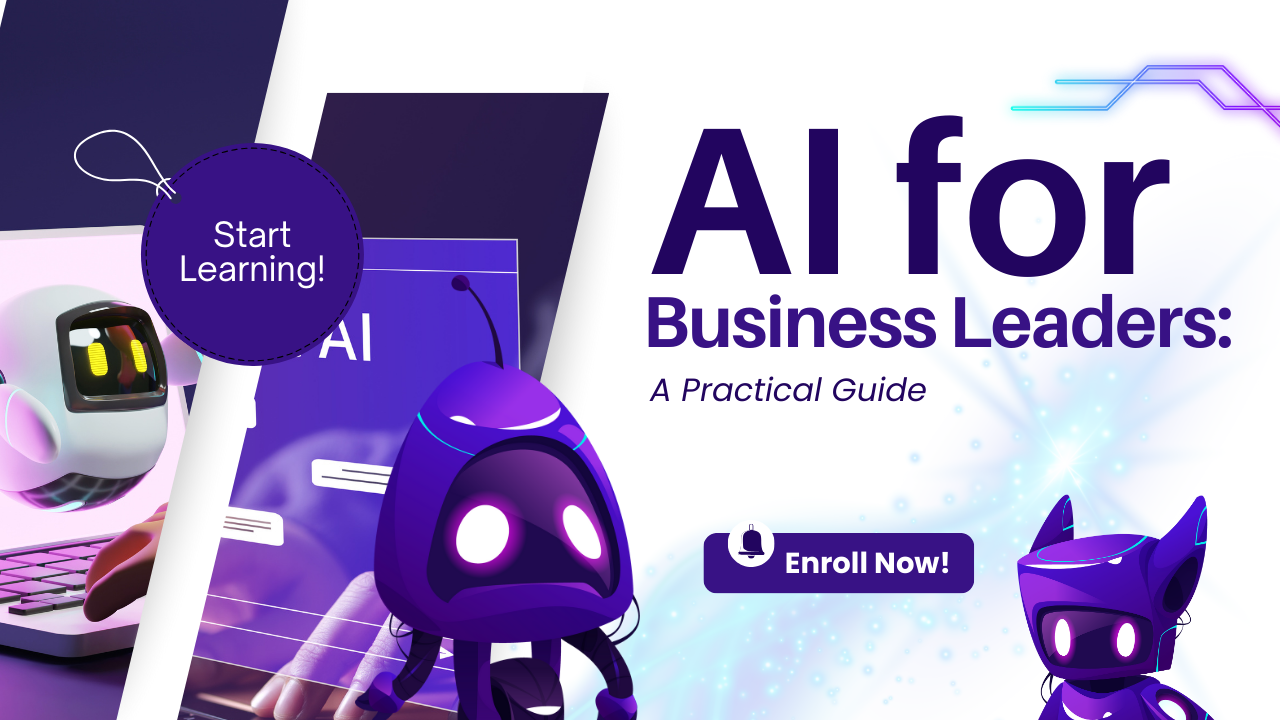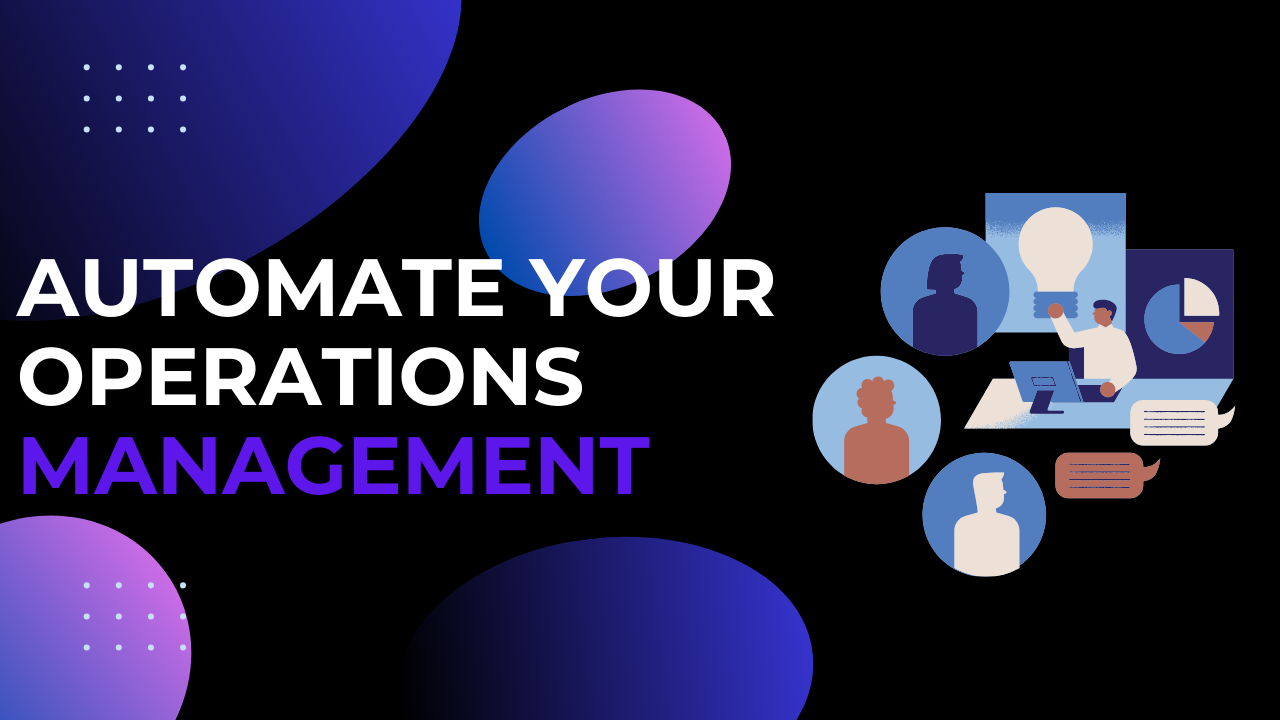Integrating automated customer support systems can revolutionize the way businesses connect with their customers, transforming mundane interactions into engaging experiences. Imagine a world where your customers receive instant answers to their queries, 24/7, without the frustration of long wait times or complicated phone menus. This blog is your ultimate guide to navigating this exciting landscape!
Understanding Automated Customer Support
Automated customer support refers to using technology—especially artificial intelligence to handle customer inquiries without human intervention. This can include chatbots, automated email responses, and self-service portals. The goal is to provide quick, efficient service while freeing up human agents for more complex tasks. You can now integrate these solutions into your existing system using our AI Audit.
To understand this further, we will analyze how LendingClub, a financial services company that offers peer-to-peer lending and banking products, tackled the issue of customer support efficiently through automation. But first let us see how automation helps in this area.

Benefits of Automated Customer Support
1. Faster Response Times: Customers expect quick answers. Automated systems can provide instant responses to common queries, significantly reducing wait times.
2. Cost Efficiency: By automating routine tasks, companies can reduce staffing costs and allocate resources more effectively. For example, a business might see a 30% reduction in customer service costs after implementing automation.
3. 24/7 Availability: Automated systems can operate around the clock, ensuring that customers receive support regardless of time zones or business hours.
4. Scalability: As your business grows, automated systems can easily scale to handle increased volumes of inquiries without a corresponding increase in staffing costs.
5. Enhanced Customer Satisfaction: Quick and consistent responses lead to improved customer experiences and satisfaction rates.
Step-by-step implementation
Now let us walk through the implementation process by taking LendingClub as an example that wants to enhance its customer support through automation.
Step 1: Identify Your Needs
Companies are increasingly leveraging AI to analyze customer interactions and identify common pain points. By utilizing machine learning algorithms, they can pinpoint which inquiries occur most frequently and which processes consume the most time for support teams. Lets see what LendingClub did. They analyzed ticket data and found that a significant number of inquiries were related to common questions about loan applications and account statuses. This insight led them to prioritize automating responses for these frequent inquiries.
AI Tools Available:
- Zendesk Analytics: Provides insights into ticket volumes and response times, helping businesses identify areas for improvement.
- Freshdesk Analytics: Offers similar capabilities, allowing businesses to visualize customer support data.
Assessing needs through AI analytics enables organizations to make data-driven decisions about which areas to automate first. This ensures that the most impactful changes are made based on actual customer behavior.
Step 2: Choose the Right Tools
Organizations are adopting various AI tools to streamline customer interactions. Options like chatbots and automated ticketing systems provide immediate responses and efficient routing of inquiries. LendingClub implemented its own suite of tools, including the Answer Bot for instant responses to common questions about loans. They also set up an automated ticketing system that categorizes inquiries based on urgency and complexity, ensuring they reach the right department quickly.
AI Tools Available:
- Zendesk AI: Features like the Answer Bot, which uses machine learning to respond to customer inquiries instantly.
- Intercom’s Fin AI: Offers an AI Agent for customer interactions and an AI Copilot to assist human agents.
Choosing the right tools involves evaluating specific business needs and selecting solutions that integrate well with existing systems while providing scalability for future growth.
Step 3: Integrate with Existing Systems
Successful integration of automated systems requires seamless connectivity with existing CRM and ticketing platforms. Companies use APIs and middleware solutions to ensure smooth data flow between systems. LendingClub integrated its automated support tools with its existing CRM system. This allowed agents to view prior interactions and troubleshooting steps taken by customers before escalating issues, ensuring a smoother transition from automation to human support when necessary.
AI Tools Available:
- Zapier: A tool that connects different applications, allowing for automated workflows between them.
- Salesforce Integration Tools: Facilitate connections between Salesforce CRM and various support tools.
Integration enhances efficiency by ensuring that all customer interactions are tracked in one place, allowing agents to access complete histories without requiring customers to repeat themselves.
Step 4: Train Your Team
Companies are focusing on training their teams not only on using new tools but also on blending automation with human empathy in customer interactions. LendingClub has conducted extensive training sessions for their support team, emphasizing how to work alongside automated systems effectively. They focused on scenarios where human intervention was necessary, ensuring agents were prepared to handle escalated issues with empathy and efficiency.
AI Tools Available:
- Learning Management Systems (LMS): Platforms like TalentLMS or Moodle can be used for training staff on new technologies.
- Internal Knowledge Bases: Tools like Confluence help document processes and best practices for effectively using automation.
Training staff is essential for maximizing the benefits of automation. Employees need to understand how to leverage these tools while maintaining a personal touch in complex situations.
Step 5: Monitor Performance
Continuous monitoring of performance metrics is crucial for assessing the effectiveness of automated systems which is why companies utilize dashboards and analytics tools to track KPIs such as response times and customer satisfaction scores. After implementing their automated systems, LendingClub continuously monitored performance metrics like response times and ticket resolution rates using their analytics tools. This allowed them to refine their automation strategy based on actual performance data, ensuring they met customer expectations consistently.
AI Tools Available:
- Google Analytics: Customer Support Metrics
- Zendesk Reporting: Reporting tool which provides real-time insights into ticket resolution rates and agent performance.
Monitoring performance helps organizations identify trends, assess the effectiveness of their automation efforts, and make necessary adjustments based on real-time data.
Step 6: Gather Feedback and Optimize
Gathering feedback from customers and support agents is essential for continuous improvement. Companies utilize surveys and feedback loops powered by AI to analyze sentiments and suggestions effectively. Along with monitoring their performance, LendingClub actively sought feedback from customers regarding their experiences with automated systems. They used this feedback to refine chatbot responses and improve knowledge base articles, ensuring that customers received accurate information tailored to their needs. Additionally, they implemented regular check-ins with support agents to gather insights on any challenges faced while using the new systems.
AI Tools Available:
- SurveyMonkey or Typeform : for Customer Feedback
- MonkeyLearn or Lexalytics: AI Sentiment Analysis Tools, which analyze feedback for actionable insights.
Regularly collecting feedback helps organizations refine their automated systems, ensuring they meet evolving customer needs while addressing any shortcomings identified by users.

But how do we engage users in these features?
1. Automated Workflow Systems
- These systems automate entire workflows by integrating various processes into one cohesive platform.
- Zapier allows businesses to create customized workflows that connect different applications without coding. For instance, when a customer fills out a form on LendingClub’s website, Zapier can automatically create a support ticket in their system while sending a confirmation email to the customer.
2. Voice Assistants
- Voice assistants can handle more complex inquiries through natural language processing (NLP), providing customers with an interactive experience over the phone.
- LendingClub could implement Amazon Alexa skills that allow customers to check loan statuses or get answers about interest rates simply by speaking commands.
3. Predictive Analytics Platforms
- These platforms analyze historical data to anticipate customer needs before they arise.
- By integrating Tableau into their CRM system, LendingClub could predict when customers might need assistance based on their behavior patterns, allowing proactive outreach before issues escalate.
4. Self-Service Knowledge Bases
- Comprehensive self-service portals enable customers to find answers independently without needing live support.
- LendingClub could create a robust knowledge base using Helpjuice where customers can access FAQs, guides, and troubleshooting steps related to loan applications or account management.
5. Integrated Customer Feedback Systems
- These systems automate the collection of feedback at various touchpoints in the customer journey.
- By utilizing Qualtrics at different stages of the loan application process, LendingClub could gather real-time feedback from customers about their experiences, enabling continuous improvement in service delivery.
Conclusion
Integrating automated customer support systems is not just about efficiency; it’s also about enhancing the overall customer experience. By following the outlined steps and leveraging innovative tools, businesses can streamline operations, reduce costs, and ultimately foster stronger relationships with their customers. Embrace automation today for a brighter tomorrow!










